Over the next few weeks, we’ll start to see hummingbirds return from their winter homes in Mexico and Central America. Hummingbirds sometimes travel hundreds of miles to reach their Colorado breeding grounds. They generally pass through the Denver area around early to mid-April on their way to higher elevations.
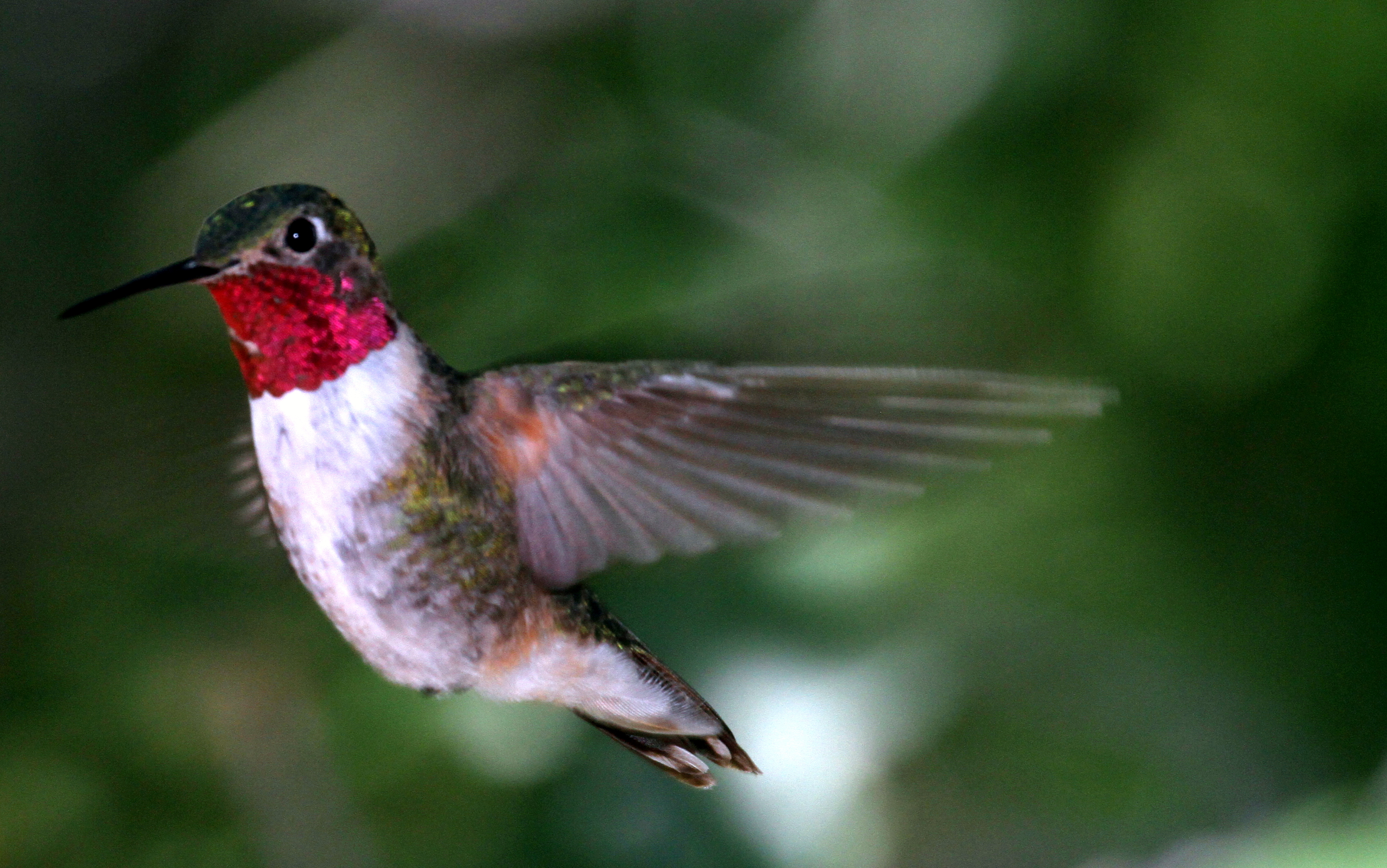
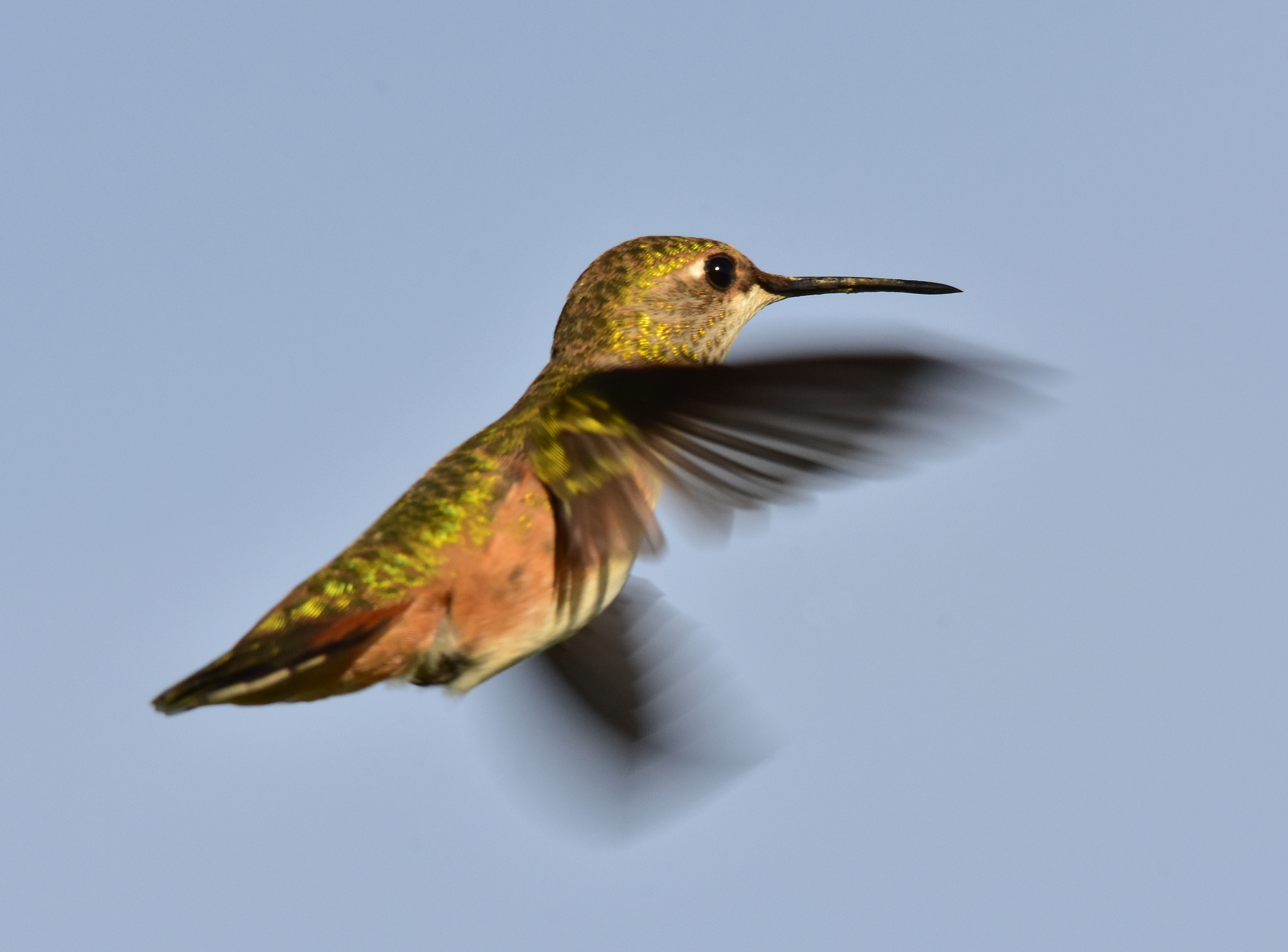
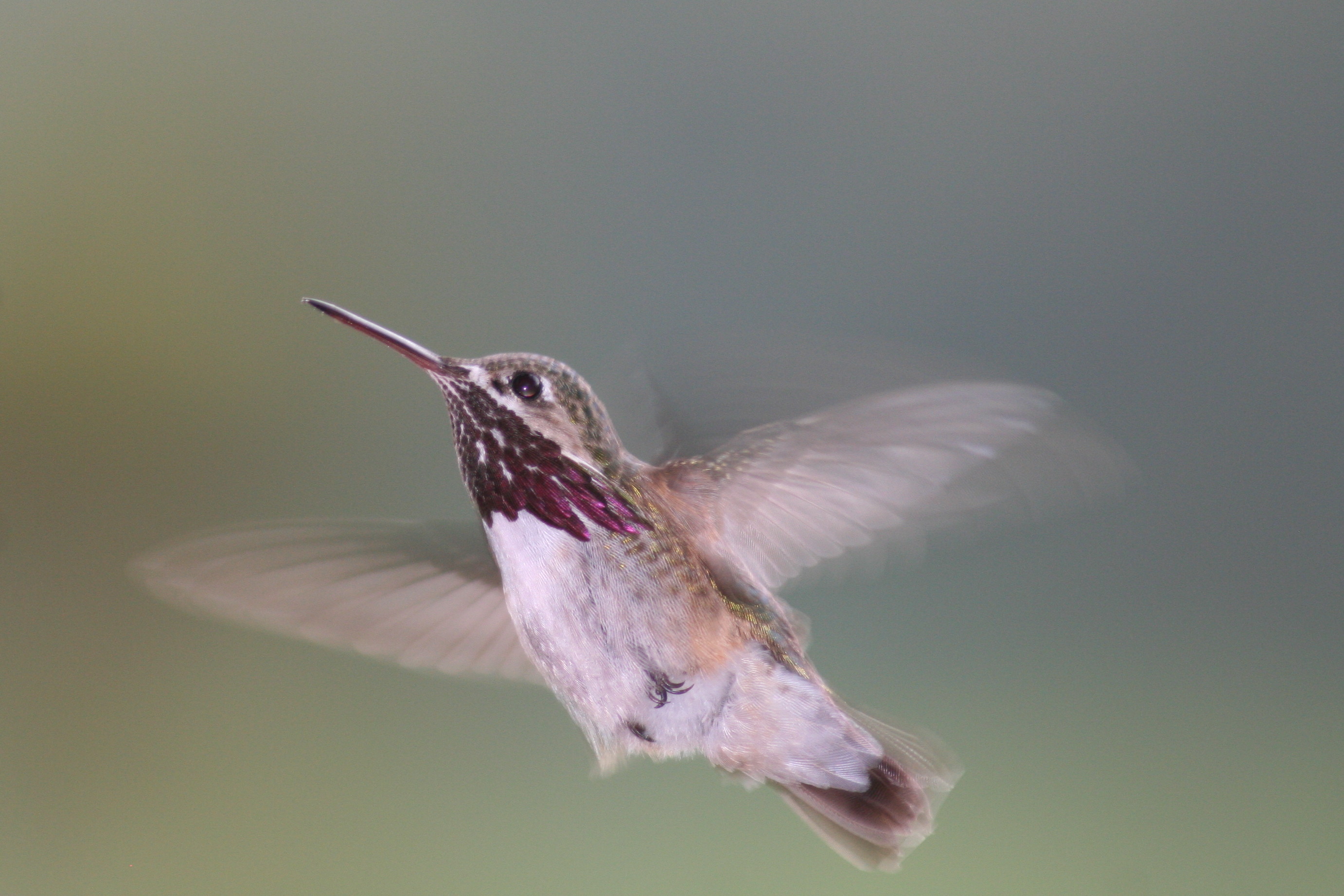
Males come first, to stake out a territory and be ready to attract a mate when the females arrive. Broad-Tails and Calliopes are generally the first on the scene, arriving in early to mid April. A few weeks later the Rufous show up (see slides above). Right now is a great time to attract these fascinating creatures to your garden. Here are some amenities you can provide these weary little travelers.FoodOn their trip north, Hummingbirds will flap their wings up to 80 times per second. All that work takes a lot of energy, so hummingbirds eat a lot. Like "a lot" a lot. Like half their body weight in sugar each day, "a lot." Like five to eight times per hour, "a lot." So having a good source of food in your yard is essential. Hummingbirds visit a wide variety of plants, but their favorites tend to be red, pink and orange colored with cylindrical or trumpet-like blossoms. Plant a wide assortment of successive blooming flowers to attract humming birds for a long time.Fun Fact: Hummingbirds have the largest brain of any bird, proportional to their size. Their brains make up 4.2 percent of their body weight. (The human brain makes up only 2 percent of total body weight.) Studies have shown that hummingbirds can remember every flower in their territory – so you want to make a good impression!
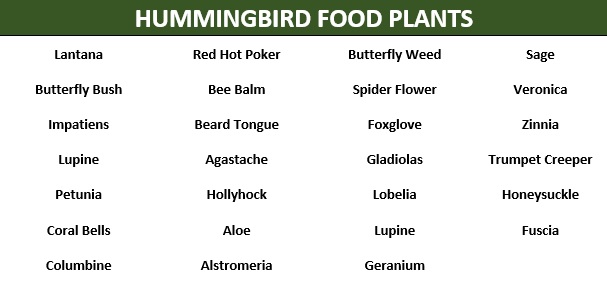
Humming Bird Feeder
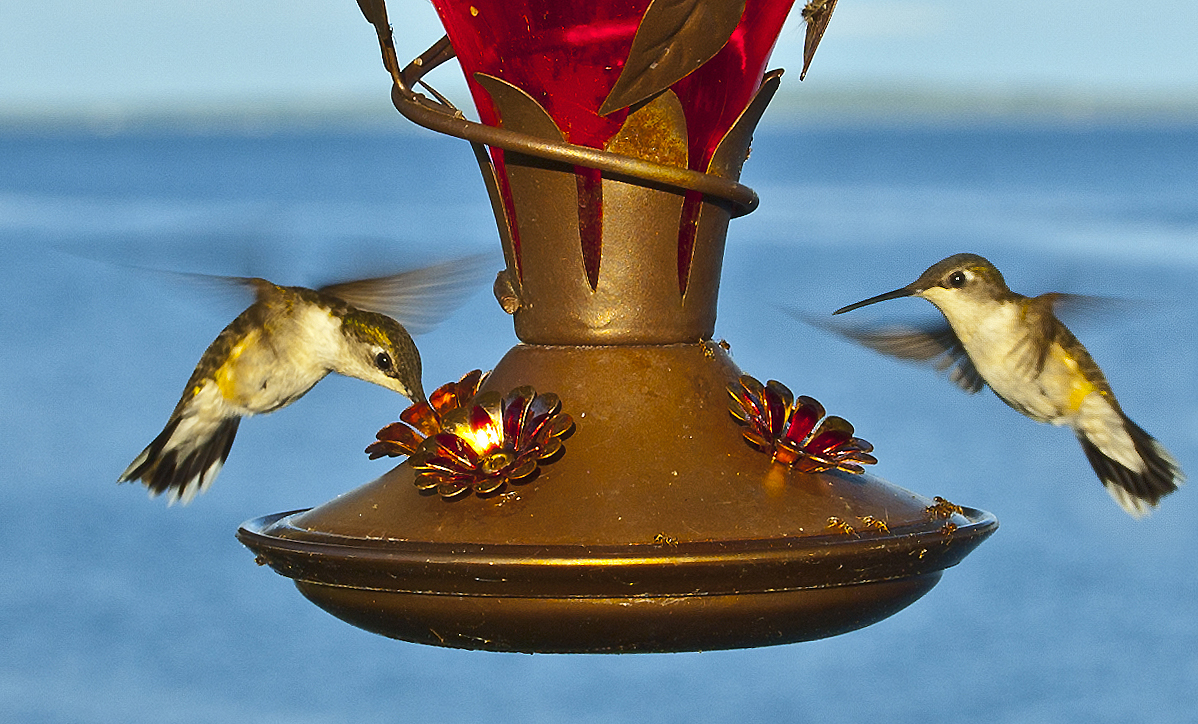
A feeder is a great way to attract hummingbirds, too. When placing your feeder, pick a place in the shade about 15 feet from cover or shrubs, which are potential hiding places for predators like cats. Hummingbirds are used to feeding from flowers with limited nectar supplies, so they tend to be territorial and aggressive with one another. Gardeners often see one macho hummingbird fighting others away from the feeder. Placing two feeders out of sight of each other (one on the front porch and one on the back porch, for example) encourages more harmonious feeding. There are plenty of great nectar products available or you can mix your own sugar water to use in your feeder. Just add 1 part sugar to 4 parts hot water and stir until the sugar completely dissolves. Regular old white sugar works the best. Other sweeteners like honey can harbor fungi that’s harmful to the birds. Change your sugar water ever few days to keep it clear and fresh. Once it starts to look cloudy, it’s time to change it out. And be sure to clean out the inside of your feeder with an old toothbrush at least once a week to keep your little visitors healthy.Shelter Hummingbirds also need a place to relax, although for these energetic little birds, rest is relative. Even at rest a hummingbirds heart beats 250 times a minute, almost twice as fast as a human’s. Providing a little shelter will encourage them to stop and catch their breath.

Hummingbirds also like a little water to wash in. Regular bird baths are usually too big for them, but a shallow dish, mister or dripper is greatly appreciated by these little guys – as you can see in the video by BBC Planet earth below!
